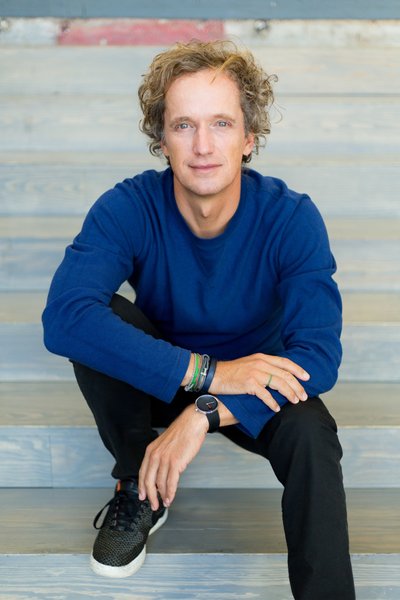Architects and Designers Weigh in on the Future of Work
Right now, the logistics of "going back to normal" are a mystery. We asked some prominent voices to give us their predictions of what we can expect when the worst is over.

Right now, the logistics of "going back to normal" are a mystery. We asked some prominent voices to give us their predictions of what we can expect when the worst is over.

While scientists and policy makers strive to help us safely move into the next phase of this pandemic, we're still in the thick of it and there are still many unknowns that we face. Nowhere has this lack of information been most worryingly felt than with regards to the economy and, by extension, resuming or returning to our jobs.
What is certain is that the road to recovery will be long and uncertain. Predictions for the future range from gloomy to the overly optimistic—something which has started to make us speculate on how to balance safety and normalcy over the next 18 months. What does "going back" really mean? Will more of us continue to work from home? Will we return to our offices in shifts? How will big cities handle commuting—especially when that means using public transportation? Will our requirements for office design change? Will buildings need to change?
We had so many questions, so we reached out to some leading voices in our global design community to hear their thoughts on this conversation.
Yves Béhar, Fuseproject, San Francisco

Yves Béhar of Fuseproject.
Photo courtesy of Fuseproject
I have been in the small town of Bolinas, California for six weeks now. With the entire town getting tested it feels that the level of information and social responsibility is very high. This sense of community and support gives me confidence about a future where the word "citizenry" acquires a new meaning. I am confident that the same can happen in larger cities like San Francisco; a sense of renewed confidence in what we can achieve when we look out for each other. What is needed for employees coming back to work is transparency and a common understanding of the procedures and systems in place that will keep everyone safe. This is something that every company will need to make very clear and every local government will have to support and promote. This new social cohesion is what will make the new reality something we can trust and move forward with.

"Providing a sanitary safe environment will become standard in office design, with surface materials that are anti-microbial, security robots like Cobalt (which we designed), daily deep cleans, non-touch gestural interfaces, and more personal space. Office design is always changing, and this is a new opportunity to design for maximum health: a physical and mental wellbeing approach of the most precious asset of any business—its people," shares Behar. Pictured here is Fuseproject's office before the pandemic.
Photo courtesy of Fuseproject
My personal realization is that working from home is possible, and even presents some advantages. Prior to the pandemic, the talk of "efficiency" was everywhere. That said, the pandemic has made it clear to me that jumping from Zoom to Zoom, albeit somewhat monotonous, is much more efficient than driving around or commuting to meetings, parking, and then looking for conference rooms. While I very much miss brainstorming and sketching with the Fuseproject team in person, a couple of days a week focused at home might be the way to get work done. The Fuseproject team has adapted remarkably well, with humor and grit which matches our pre-COVID culture. I do believe that flexibility around WFH will be the norm rather than the exception, and that accommodating people’s different needs for work-life balance will be the new normal. I think that company-wide testing may become something we see used widely. Once tested, work teams will be comfortable resuming human interactions while remaining vigilant and socially distant outside of the work safe-zone.
Lyndon Neri and Rossana Hu of Neri & Hu, Shanghai

Rossana Hu and Lyndon Neri of Neri & Hu.
Photo courtesy of Neri & Hu
See the full story on Dwell.com: Architects and Designers Weigh in on the Future of Work
Related stories:
